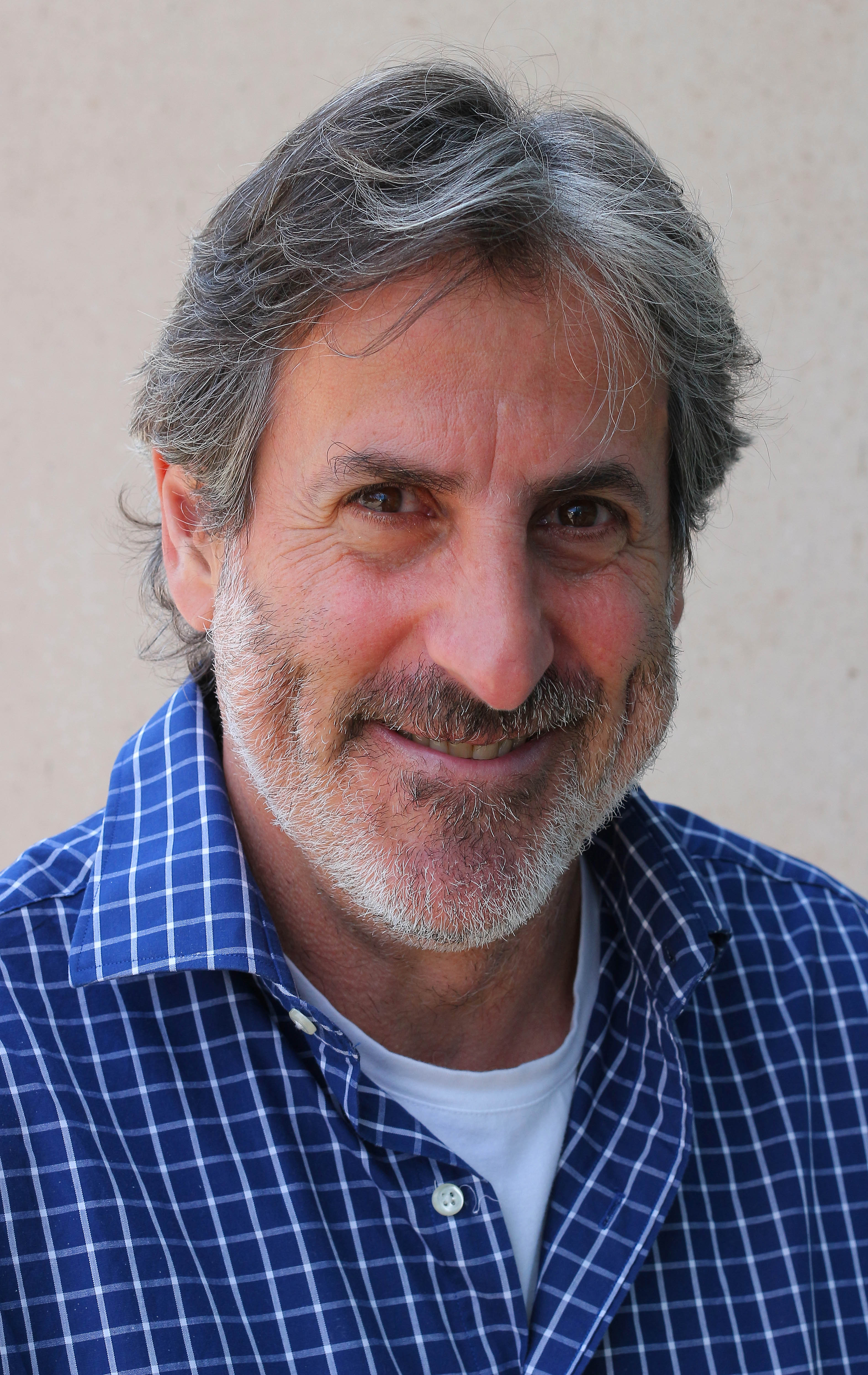Broadcaster Mark Zecchino never tires of talking about professional golf.
Broadcaster Mark Zecchino never tires of talking about professional golf – men’s or women’s – but sometimes even he needs a break.
He has been doing Live Play By Play announcing for PGA Tour Radio for the last eight years, 10th including pre-game and post-game work. PGA Tour Radio is the only play-by-play call of professional golf on the radio. It is the exclusive property of Sirius XM satellite radio and is streamed on the Internet on PGATour.com. He said most of the audience is U.S.-based but said there is a 15-20% global spillover. He works about 20 events a year, almost three-quarters of that on the grounds where the tournament is taking place.
He also does about five tournaments for PGA Tour Live, which is the TV feed in the U.S. on ESPN+. Next year the total will be 28 including the Masters and a couple other Majors.
And he does a radio and TV show called Golf Talk Canada that goes almost year-round, covering men’s and women’s golf, along with golf products.
“All of us that are still able to have a job in this business, we’re all working multiple, full-time jobs,” Mark told me recently. “I explain this sometimes to some of my U.S. counterparts that I work with through my PGA Tour entertainment jobs.”
He said on a regular week, he’ll do Golf Talk Canada Radio on Monday. If he’s doing an event in person, he will do it on Tuesday. Beginning Wednesday for an event, he is on the ground for PGA Tour Radio testing equipment, grabbing interviews, hole descriptions from the players, checking the course conditions and a production call at the end of the day. It’s long hours, but when the tournament begins on Thursday it is even more, about seven hours a day, six of them live. He said it’s far more than what it would be for traditional TV.
“Because I am traditionally a play-by-play announcer for them, I am walking with a group inside the ropes calling what I see,” he said. “That’s typically my job. We’ll do about 27 holes on Thursday and Friday and about 18 holes or so on the weekend. On Thursday and Friday, especially, you’ve got to be prepared to do anything. Although you have a group assignment, on Thursday and Friday that assignment gets thrown out the window. You’ve got to be prepared to run around the golf course from the back nine to the front nine, pick up a new group. If someone is hot and making a ton of birdies, you’ve got to get over there. On the weekend, the closer you get to Sunday it turns into calling one group.
“It’s very physically laboring, way more so than what people would anticipate. TV is a different animal. They really use their cart driver. The reporters get out of the cart, look at the lie, take a look at what the shot has, and then the guys in the booth up top will set the stage and back out of the way and let the pictures do the job. For radio, we don’t have those tools, we’ve got to be everything – the images in the listeners’ mind, set up the shot, call the shot and to really call a golf shot you’ve got always be ahead of the player. It’s about 15,000 steps of broadcast roughly. Sometimes you do that in Memphis in August and it’s 100 degrees in the shade and you can feel it.”
Right now and until the middle of January, he’s in “part-time mode.” After that he said it is “full throttle.”
So he’s focusing primarily now on his Golf Talk Canada calendar for 2023.
I suggested to him he wouldn’t go through this grind if he did not truly love golf.
“I love my job, I love golf and all the guys I work with I think are the same,” he said. “It can be a bit of an addiction.”

